A cyst is a formation that has a capsule and a cavity filled with liquid. It can occur in any organ. The nature of cysts is overwhelmingly benign, but some species can degenerate. It is attached using a base or leg. It can be single and multiple, more often the lesion is unilateral. A bilateral cyst is a rarity. In the ovaries, formation on the right side more often than others occurs due to greater blood supply. Diagnosed before menopause or after. Most often, the size of ovarian cysts is small, but can reach a diameter of 20 cm.
Etiology of the phenomenon
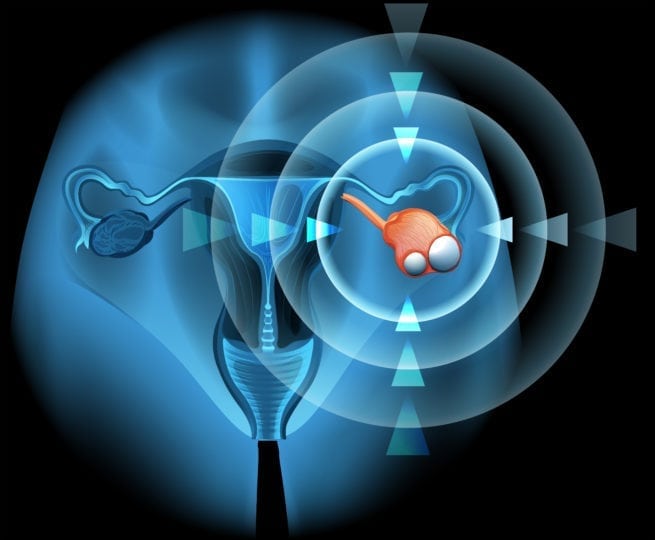
The reasons today are still unknown with accuracy, but an indispensable factor is hormonal disorders, pathologies of the ovaries themselves, hormones, weight gain and frequent abortions.
Can an ovarian cyst hurt? This is the main symptom. With cystosis, there is an effect on childbearing function.
Types of Cysts
The main groups of cysts are combined into 2 large groups - functional and non-functional (organic). They vary in structure, reasons, but the clinic of any kind is general.
The first group includes follicular, luteal, polycystic. Organic - endometrioid, dermoid, mucinous, paraovarial. Functional cysts have the ability to dissolve independently and respond well to hormone treatment. As for organic cysts, conservative treatment does not affect them, only removal.
Follicular cyst
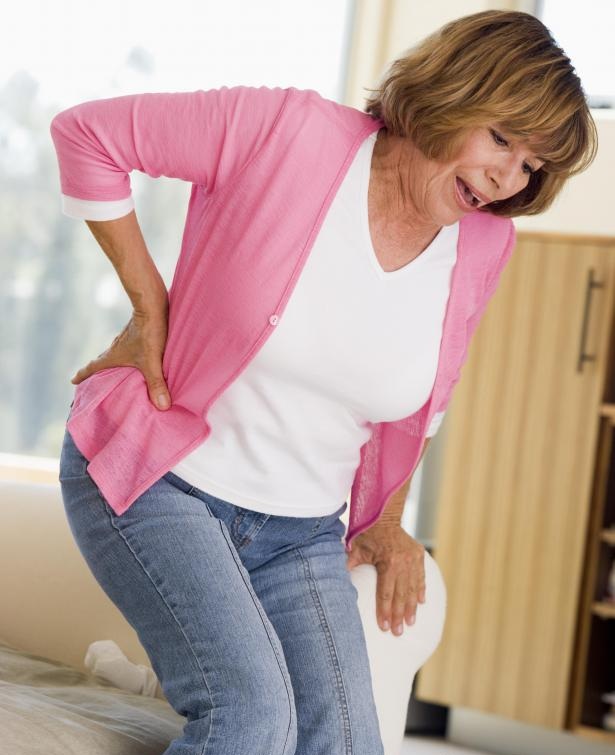
It becomes a consequence of a violation of the ovulatory phase of the cycle when the egg does not exit the mature follicle. Such a follicle does not rupture and degenerates into a cyst that "lives" for about 3 months. Then it dissolves over several cycles spontaneously. It rarely gives a clinic, but if it does, it is expressed in the absence of manifestations in the first month due to its small size. Later, with a diameter of 3 cm, aching mild pains, heaviness in the abdomen, bursting in the pelvic area appear in the lower abdomen.
All signs intensify after the ovulatory phase. Pain can be aggravated by physical exertion, brisk walking and during sex, with hypothermia. There is a pathology in the fertile age and in adolescents.
Luteal cyst
In this case, the mature follicle bursts completely, the egg leaves, but the corpus luteum at the end of the luteal phase does not regress. The cyst begins to grow directly from the corpus luteum. The reason is hormonal imbalance. While it resolves, several cycles can pass.
Polycystic
There are several cysts on 1 or 2 ovaries. The exact etiology is unknown, but occurs when the levels of male hormones in the blood are exceeded.
The stomach hurts regularly, in the lower part. The result is infertility. It is well treated with hormones.
Hemorrhagic cysts
They are functional in nature, can be of different types. Inside contain bloody fluid. Accompanied by cycle failures, profuse and sore menstruation.
Organic cysts
They are much more dangerous due to the possibility of malignancy. The main sign of such cysts is pain. In addition, with them there are violations in the reproductive system:
- malfunctions of the MC and the abundance of menstruation;
- the presence of discharge after menstruation.
The treatment is usually surgical.
Mucinous formation
Prone to aggressive growth, degeneration. They differ from other species in their multi-chamber nature. It usually occurs during menopause. Filled with mucus.
Pain with a mucinous cyst is given to the legs. The work of internal organs is disrupted.
Dermoid cyst
It is formed from germ layers, therefore it is congenital. It manifests itself in 15-25 years.
It has a dense capsule containing soft or bone tissues, hair, nail, fat, etc. It grows rapidly, causing a feeling of heaviness in the abdomen, increased urination and stool disorders. More often occurs on the right side.
Endometrioid neoplasm
It often becomes a complication of endometriosis. The cyst cavity is filled with brown liquid or blood (chocolate contents).
Paraovarial cyst
This is the location of the cyst between the ovary and the fallopian tube, in the leaves of the wide uterine ligament. It has clear contents with a lot of protein. It is characterized by very slow growth and strict benignity. There is no rebirth. Removal only by surgery. Often occurs during gestation. Conception does not interfere, detected early on ultrasound.
Do ovarian cysts hurt women?
It directly depends on the type of cyst. Options for pain from aching irregular to constant or unbearable, intolerant to shock (with complications).
But in any case, the algia always begins in the lower abdomen, then rising up and spilling. With rapid growth, the pain becomes wandering. In addition, this often indicates a possible malignancy of education.
General symptomatic manifestations

Can an ovarian cyst hurt and why? The leg of the cystic neoplasm has nerve endings, so pain with cystosis often occurs.
Symptoms are quite specific:
- heaviness in the lower abdomen;
- drawing and aching irregular or constant pain;
- vaginal discharge without connection with the MC;
- cycle disturbances;
- dyspareunia;
- bloating and abdominal enlargement;
- dysuria and stool disorders with a tendency to constipation;
- possible temperature.
Can an ovarian cyst hurt intensely? The sharpness of the pain syndrome with ovarian cystosis is determined by its growth rate, localization, structure and character. Severe and sharp pains are possible in case of complications of the cyst - rupture of the capsule or torsion of the legs. The intensity of the pain can lead to fainting.
Can an ovarian cyst hurt with its large size? Pain occurs when the size of the formation is more than 4 cm. In this case, it begins to put pressure on the surrounding tissue. Such pains are called physiological for their reasons.
Sensations of various types of formations
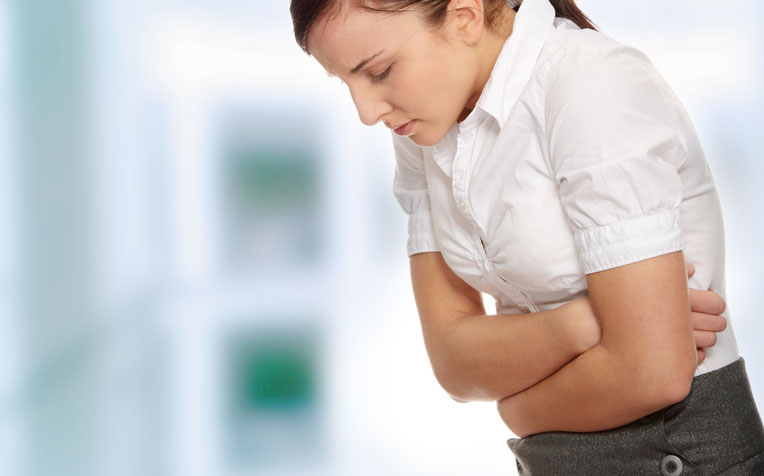
Does the stomach hurt with an ovarian cyst and with which more? Follicular and luteal give irregular mild pain in the lower abdomen, more reminiscent of irregular discomfort in the side.
Can a chest hurt with an ovarian cyst? In the ovulatory period, this happens quite often.
Mucinous formations are characterized by a feeling of pressure in the lower abdomen. With an increase in the size of the cyst, it hurts more due to pressure on adjacent organs and tissues.
Does the stomach hurt with an ovarian cyst of mucinous origin, and what kind of pain? The pain syndrome is expressed with radiation in the legs - thigh and groin. It is bursting in nature.
With an endometrioid cyst, muscle pain, resembles cramping, can provoke cramps in the legs. Pain syndrome appears in the second phase of the cycle, and amplification occurs during menstruation. Discomfort lasts for several days and is periodically repeated.
A paraovarial cyst is usually asymptomatic or gives periodic aching pains in the abdomen, side, and sacrum, independent of the phase of menstruation. They increase with activity and load, squeezing adjacent organs and spontaneously stop.
Does the corpus luteum cyst (luteal) hurt? If there are no complications, pain may be absent or mild. Pathology is characterized by a long delay in menstruation.
With polycystic pain, the pain is moderate, can radiate to the pelvic and lumbar region.
With dermoid formation, the pain is strong, lasting and constant. They give to the sacrum, tailbone and lower back. The cyst is filled with a mucus-like fluid.
The defeat of the right ovary
All pain is right-handed. During and after menstruation, pain may intensify. It becomes interesting that the right-sided ovarian cyst always hurts more, which is explained by better blood supply.
Cyst on the left
Can a left ovarian cyst hurt ? Drawing pain appears similarly on the left side of the lower abdomen, but it is less disturbing than with a right-handed cyst. The abdomen can expand, become swollen, there is a feeling of overflow and bursting.
Pain with complications
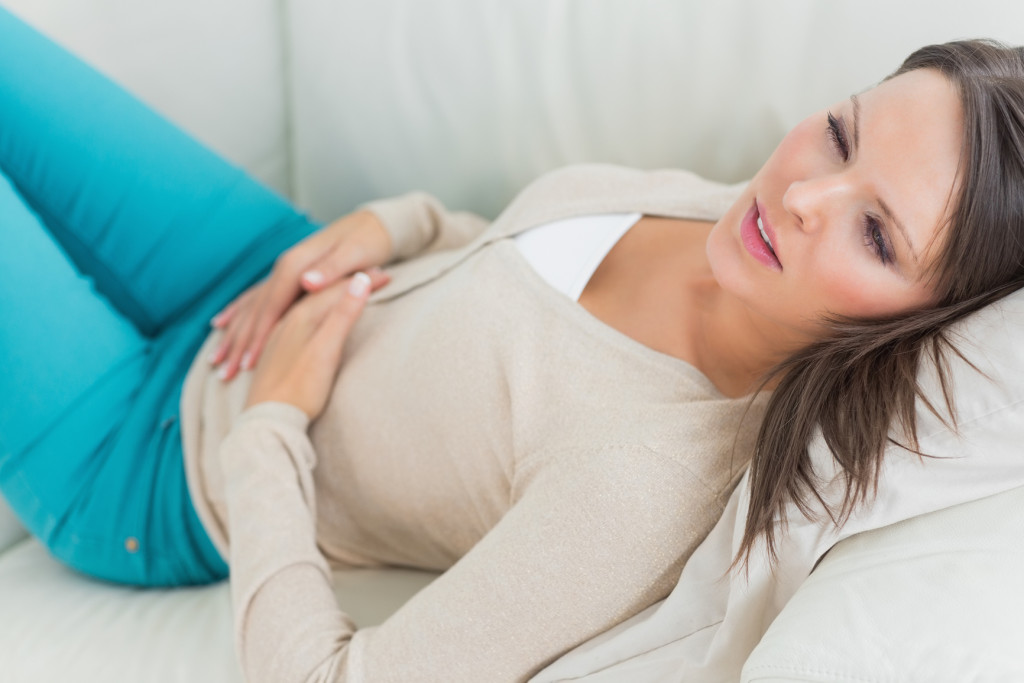
In case of complications, the pain is especially pronounced and bright. Can an ovarian cyst hurt when the legs are twisted? Definitely yes, and the intensity of the pain is such that it is unbearable and can not be removed by any analgesics. Additional symptoms develop:
- fever;
- nausea and often vomiting;
- weakness, dizzy;
- the skin becomes pale and becomes pale with sweat;
- pressure reduction;
- tachycardia;
- frequent urination
- thirst;
- tendency to constipation;
- vaginal discharge of mucus;
- possible loss of consciousness.
Visually, the abdomen becomes asymmetric. The situation is urgent and requires urgent surgery. Circulatory disturbance due to torsion of the legs leads to tissue necrosis.
Cyst rupture
When the capsule of the cyst ruptures, sharp pain occurs in the form of contractions, which radiates to the leg and rectum. Most often, capsule rupture occurs in the middle of a cycle. The symptomatology of this complication is very similar to torsion of the legs, but instead of tissue necrosis, peritonitis occurs. This happens because the contents of the cyst are often thrown into the abdominal cavity. Urgent action is needed here.
Emergency help
Emergency help can only be provided by doctors, so the help of others will only consist of calling an ambulance, giving the woman a comfortable position and applying cold to the place of localization of pain - a cold heating pad or ice pack. Prior to the arrival of doctors, it is better not to take painkillers so that the clinic is kept clean.
What types of operations are possible with cysts?
With cystic formations, the following types of surgical interventions are possible:
- Complete removal of the cyst without affecting the surrounding tissue - cystectomy. The cyst capsule is simply peeled. Reproductive functions do not suffer.
- Oophorectomy - removal of the ovary (full or partial).
- If the appendages are also removed, the operation is called an adnexectomy.
What to do with the pain of uncomplicated cysts?
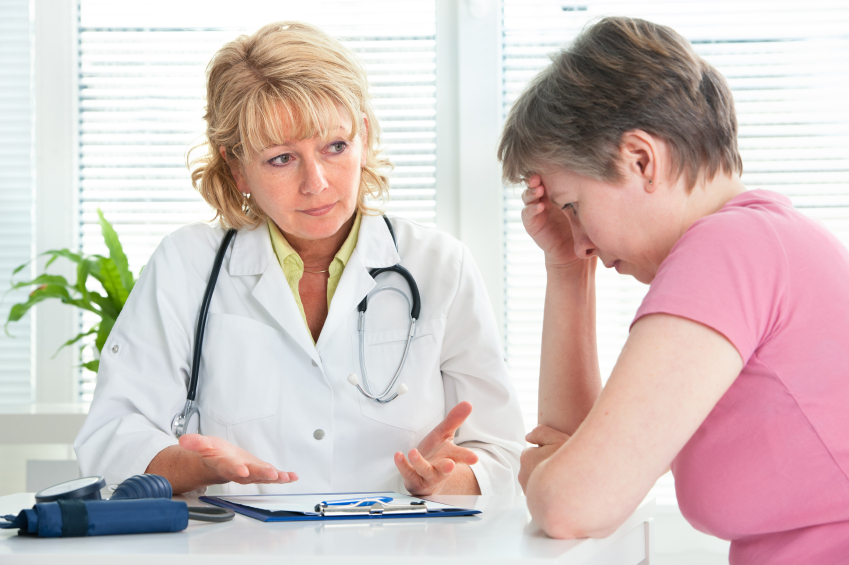
Pain is the reason for going to the doctor. Do not drink pills in handfuls and stay at home.
Painkillers - this treatment is only symptomatic. It relieves pain, but does not treat a cyst.
You can take analgesics only as prescribed by the doctor, when a woman is regularly observed by a gynecologist and the pain is caused by a decrease in the cyst. What can a doctor advise:
- moderate your activity in any way;
- Do not have sex too actively;
- apply dry heat.
You can take anti-inflammatory ("Acetaminophen", "Ibuprofen", "Indomethacin"), hormones ("Duphaston") and antispasmodics such as "No-shpa".
Conclusion and Conclusions
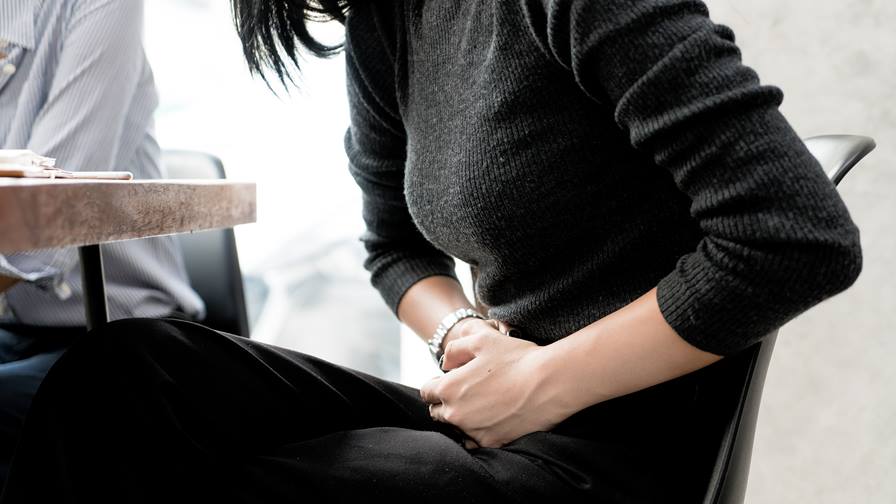
Can the ovary hurt after cyst removal? After surgery, the pain usually disappears. With laparoscopy, they go away after 3-4 days; with abdominal surgery can last for a month.
Does the ovarian cyst hurt when it resolves? If she is small, her life cycle is short. With the resorption of such formations, there may not be any symptoms of pain. And what happens in the usual way:
- MC recovery;
- lack of dyspareunia;
- normalization of discharge.
Resorption occurs within 2-4 cycles or during treatment with hormonal drugs.
Many people ask the question: "Can an ovarian cyst hurt when resorbed?" It is interpreted as follows - if it hurts in the lower abdomen, then there is resorption. Most often, pain with this phenomenon is uncharacteristic. A woman learns about the absence of a cyst already at the doctor’s appointment.
Does an ovarian cyst hurt before menstruation? Usually a woman feels pulling and aching pains before the arrival of a planned menstruation always.
With the onset of menstruation, pain usually increases. You can take non-steroid or analgesics only with mild pain. It should be noted that any discomfort requires examination.